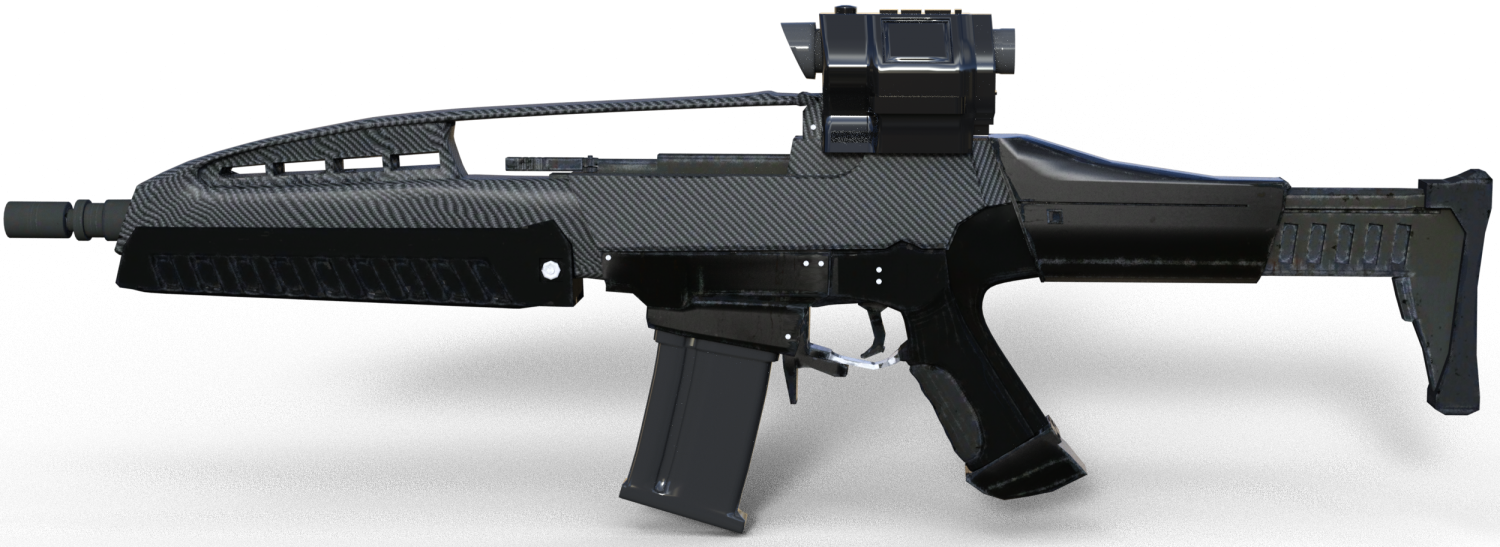The Martial arts have many similarities and many differences. A punch is not simple a punch. Is the palm up or down, is the impact area two knuckles or the finger tips. It is aimed at the nose or groin.
Different styles teach different methods. Aikido and Karate are very, very different for example. One is guiding force or directing force, the other is force on force.
Here is a list that might help you understand the different styles of martial arts. It is incredibly vague and one or two sentences cannot even begin to describe the complexity of a specific style. However, for a writer it can help you pick a style for additional research. Some will have links to research links.
If you are a practitioner of a style and feel that a style is not properly described PLEASE e-mail me so I can correct it. If you know of some style that are not listed PLEASE e-mail me so I can add them. (I will also need a description too).
Hard arts are defined as having two main principles: first, physical reactions precede mental reactions; second, the opponents force is met with equal and opposite force.
Soft arts are defined as a martial art that has two main principles: first, the mind dictates actions; second, the opponent’s own force is used to defeat him/her.
AIKIDO: (Japanese-Guiding Force-soft art). This is a smooth flowing style of martial arts that does not teach offensive moves. It is primarily a defensive art that teaches students to take control of an attacker. Developed in the 1920’s. Movements are executed in circles
KARATE: (Okinawa-Force on Force-hard art). Introduced into Japan in the 1920’s this art employs some kicks but more punches. Karate means is the ‘art of the empty hand’. There are many different ‘sub-styles’.
ESKRIMA: (Philippines-Force on Force-hard art). Employs sticks, swords, daggers and empty-handed techniques. Most notable for two-stick fighting.
HSING-I: (Chinese-Guiding Force-Soft art). An incredibly ancient Chinese art that is based on the five elements (earth, fire, water, metal and wood. Also animals are emulated. Movements are executed in strait lines.
JUDO: (Japanese-Guiding Force-Soft art). Not nearly as passive as Aikido this deals a lot more with getting in close to the foe and grappling. Judo means ‘the way of flexibility’. Created toward the end of the 19th century. Judoka is one who practices Judo.
JUKEN-DO: (Japanese-Force on Force-Hard art). The way of the bayonet it evolved from halberd and spear fighting and was adopted for more modern militaries that use bayonets.
KALARIPAYIT: (India-Force on Force-Hard art). Meaning ‘Battle place training’ this is an older style of martial art practiced in India.
KENDO: (Japanese-Force on Force-Hard art). Meaning ‘way of the sword’ this has evolved into a sport. It can be said that Kendo has more in common with football than the Martial arts. It is almost strictly sword fighting with shinai and incorporates little if any actual hand to hand training.
KEN-JUTSU: (Japanese-Force on Force-Hard art). Meaning ‘art of the sword’. This is not a sport like Kendo but it does focus mainly on sword fighting.
KUNG-FU: (Chinese-variable-Hard art). Meaning ‘an adept’ or ‘man of attainment’. There are many different subdivisions of Kung-fu. A very ancient style.
NIN-JITSU: (Japanese-variable-soft art). Meaning ‘art of espionage’ this includes more than just hand to hand combat. Ninja are famous in the movies but there are several different types of styles. Many are very secretive.
SHOTOKAN: (Japanese-Force on Force-Hard art). Meaning ‘the place of Shoto’. This is a style of Karate.
SILAMBAM: (India-Force on Force-Hard art). A south Indian stick fighting art.
SUMO: (Japanese-Force on Force-Soft art?). An ancient Japanese grappling/wrestling art. Originally designed for disarmed warriors in full armor it became a sport.
TAE KWON DO: (Korean-Force on Force-Hard art). This style uses a large number of kicks rather than punches and grappling.
T’AI-CHI CH’UAN: (Chinese-Force on Force-soft art). This is almost like a ballet that can be practiced alone. The exercises which are usually practiced alone are designed for health and longevity. This is a very passive martial art.




